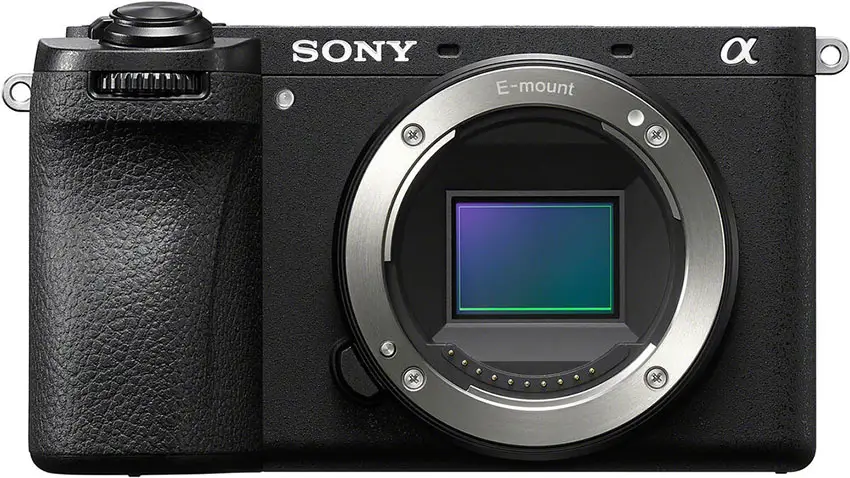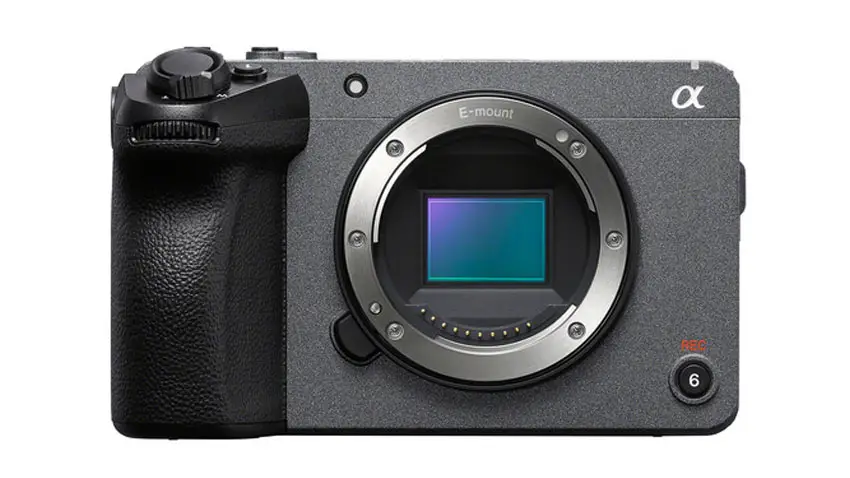After years of full-frame releases, it was about time that Sony revamped their top-tier APS-C lineup.
Now that the a6700 and FX30 are in the picture it is a whole new world for videographers looking for a compact kit. There is one potential downside to that smaller sensor though – low-light performance.
APS-C sensors have never been quite as good as full-frame when it comes to noise and this becomes an even bigger problem when you want to pump up the frame rate to the 4K 120p setting.
If you want to learn how to fix noise when using these cameras to shoot slow motion you might be interested in these tips from filmmaker Phillip R Peck.
There is a reason why 4K 120p is particularly noisy on the a6700 and FX30 compared to other modes. It is because in order to achieve that frame rate it can’t do full downsampling of the 6K image area. It has to crop in quite a bit.
This means you aren’t benefitting from the downsampling and you’ll getting larger pixels and making the noise more noticeable.
Method #1
One of the simplest ways to reduce noise is to shoot in a lower ISO setting. This will mean you are going to be exposing in a way that brings more light into the camera and this should minimize the impact of noise in your final image.
Makes sense and it should be common knowledge that ISO setting has a clear impact on the amount of noise. Overexposing gives you the ability to pull down the exposure in post and it should hide the noise.

Image Credit: Sony
Method #2
Generally speaking, the best advice is to stick to the base ISOs. It is supposed to be where you get the most dynamic range. In reality what is happening is you are shifting the range.
If you over lower your ISO you’ll end up with more detail in the shadows but less in the highlights. If you increase the ISO you’ll get the opposite with more highlight information and less to work with in the shadows.
You can just stick to the base ISOs and overexpose without changing your actual ISO. This can be dangerous since you won’t get an ideal representation of your image on the LCD unless you make some custom LUTs to handle it.
Also, at some ISO settings, you will lose your zebras. Interestingly, in his testing, it seems that zebras do work at some lower ISO settings.
If you are overexposing then the general advice is to stick with 1.7 to 2 stops over.

Image Credit: Sony
Fixing Zebras
One concern is about how zebras will disappear sometimes. This is because when you change the ISO you are changing the clipping point for the camera.
What you’ll need to do is go into the menu and set a different clipping point for your zebras.
To do this you’ll need to point the camera at a bright object or light and then adjust your zebra settings until they reappear. This is your new clipping point at this ISO setting.
Low-Light Shooting
The most important aspect when it comes to reducing noise is the amount of light. If you are shooting in low-light conditions then you will have a problem when it comes to shooting 4K 120p as you will get noise a lot more quickly.
If you don’t have light you probably should avoid shooting in 120p. Add light when you can so you can overexpose and improve noise performance in your footage.
[source: Phillip R Peck]
Order Links:
Disclaimer: As an Amazon Associate partner and participant in B&H and Adorama Affiliate programmes, we earn a small comission from each purchase made through the affiliate links listed above at no additional cost to you.



